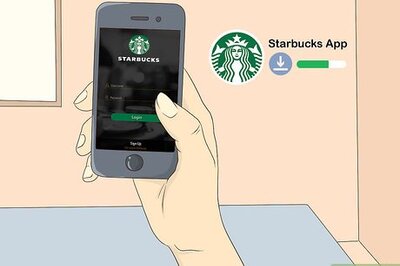
views
New York: YouTube may be a great place to watch cute pet videos, but it's not the most reliable source for learning to do cardiopulmonary resuscitation (CPR), a study suggests.
Researchers led by Karthik Murugiah, an assistant professor at the Medical College of Wisconsin in Milwaukee, found that of 52 videos teaching CPR they discovered on YouTube, half were uploaded by individuals with no apparent health credentials.
Of the rest, most were posted either by a private group -- not a government agency or medical group with official CPR guidelines -- or by people who claimed to be certified CPR instructors, doctors or paramedics.
Many of the videos gave accurate information on how to perform CPR, but there were also many that painted an incorrect or incomplete picture, Murugiah told Reuters Health in an email.
"I would say although there is very accurate information out there on YouTube, it is difficult for the lay person to wade through all the content and watch the right videos," Murugiah said.
"And there is a risk of dissemination of incorrect information."
According to the study, which appeared online late last month in Resuscitation, close to two-thirds of the videos either incorrectly described the rate of CPR chest compressions or did not cover that detail at all, while 57 percent fell short on showing how deep the chest compressions should be.
The American Heart Association (AHA) says the ideal rate is at least 100 compressions a minute -- coincidentally, about the same beat as the Bee Gees 1977 disco hit "Stayin Alive."
Another gap in the videos was that only a handful of them dealt with "hands-only" CPR, where bystanders skip the traditional mouth-to-mouth breathing and perform chest compressions only.
The AHA and other medical groups now recommend that whenever an adult suddenly collapses and is unresponsive and not breathing, bystanders should perform hands-only CPR -- unless they are confident in their ability to do traditional CPR.
Murugiah said the study suggests that guideline-making groups like the AHA and the Red Cross need to get more CPR information onto online platforms like YouTube, since such sites have a huge reach and could be a good way of boosting public awareness.
Since the study was submitted for publication, the AHA has added some CPR-teaching videos to its YouTube channel (here).
The Red Cross also has a video demonstrating hands-only CPR on its channel.
Murugiah said that both groups' YouTube channels "are certainly good, reliable sources of information on CPR." But even their videos are a bit short on detail.

















Comments
0 comment